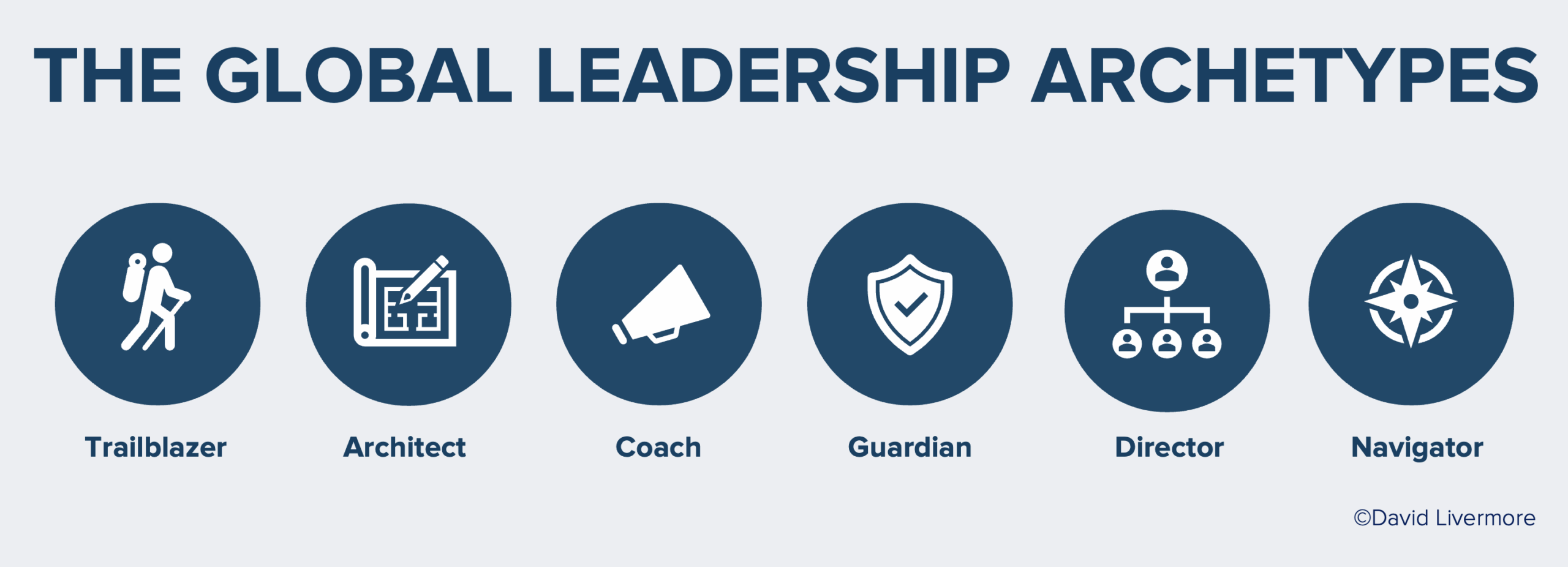Guest post by Emily Livermore
As a first year film student, I’ve been watching the controversy surrounding the whiteness of the Oscars with great interest. Media is accessible all over the world by people from all backgrounds and cultures. When I spent time in Asia as a child, I was struck by seeing the same movie posters from the U.S., displayed on the sides of buses and billboards across cities in Asia. It was bizarre to watch thousands of Malaysians walking by life size images of Reese Witherspoon on a Legally Blonde poster. Back then however, the number of locals who actually saw the advertised movies was more limited, because it required the resources to go to a movie theatre or have a television.
Today, people from every age group, culture, and socio-economic status are watching the latest movies on their smart phones in any given environment. In doing so, they enter a world where white men are in charge, women are sexualized, and people of color are rarely seen much less heard. It is unlikely that Hollywood is consciously trying to create this kind of world any more than the Academy is intentionally trying to focus on awarding white actors. But the consequences are real and the Oscars look a whole lot like the world of Hollywood as a whole.
Consider just a few alarming statistics from this study:
- 12% of the protagonists in the top 100 films of 2014 were women.
- 4% of speaking roles done by women are Latinas.
- You’re more likely to see an alien on screen than an Asian or Latina female,
It all seems somewhat unimportant when thinking about a single film or series but when you think about an entire industry built around an image where white males are in charge, women’s primary role is to be sexualized, and other ethnicities are virtually invisible, it becomes deeply problematic. Therefore, placing diverse people in key positions on and off the screen is more than just good and right…it’s literally creating the world in which we all live.
The field of social psychology sheds some light on all this. Our brains and bodies are hard wired to perceive people as friends or foes and we implicitly categorize people largely based on appearance, something researchers describe as unconscious bias. This explains the difficulty of obtaining equal representation for underrepresented groups on and off the screen. When directors are making casting decisions or when studios are looking for a director, their unconscious biases impact their decisions. Particularly if directors need to make a decision under high stress, unless they consciously manage their implicit biases, they will hire based on instinct, which will inevitably favor people like them.
Stereotype threat, another interesting idea I learned about last semester in a book by Fiske and Taylor is when the expectations of a certain group, positive or negative, determine how the group members behave in reality. For example, people often lack confidence in women’s ability to lead. Knowing this stereotype adds pressure to female directors and can negatively impact their performance. When hired, women may get caught directing dramas or romance films because these are the types of films that require less special effects and a smaller crew, resulting in fewer factors for the woman to lead.
One of favorite classes so far at USC was with Dr. Stacy Smith who is a leading researcher examining diversity in the media. Dr. Smith led an extensive study, which analyzed the characters and directors of the top 100 films from 2007-2014. Of the 779 directors of the films included, only 28 were women. In the most recent year of films examined (2014), 27% of the characters were non-white and 28% of the speaking characters were female. In the real world, half the world is female and 85% can be classified as non-white.
Smith addresses the recurring argument that there just aren’t enough diverse candidates in the film pipeline and the person most competent for the job has to be hired. When a scarcity of talent is assumed, it impacts the hiring of female directors in a couple of ways. First, when a position becomes available, the people who find out about it are usually in the same network of the people hiring. If the person who is hiring happens to be a white male, then the majority of his network and the people that interview for the job will be other white men. In addition, producers want the most competent individuals and assume they must know which women are competent for the role since they assume there are so few to even consider. In the interviews done for this portion of Smith and team’s research, 12% of the people interviewed (film executives, filmmakers, buyers, and sellers) brought up the fact that women may not be able to handle large productions, especially ones with large crews that she would then have to control. This uncertainty in women’s abilities or competence diminishes the number of females that get hired to direct. This is the same reason many women do not get to play certain roles on-screen. Women are less likely than men to be cast in action/adventure films. From a sample of the top 100 films in 2014, Smith’s research revealed that women only played 21.8% of the speaking characters in action/adventure films. This likely stems from the stereotypes people have about the appropriate role of women in general and the implicit biases of the casting directors.
As an aspiring film director, it’s a bit daunting to enter the male-dominated world of Hollywood. But I’m resolved to do whatever it takes. Someday, I hope to hire, cast, and direct a diverse set of actors who create award winning films. I want to use my time in film school to be the best filmmaker I can be. And tonight, I’ll be watching the Oscars with my classmates from around the world. Alongside our laughter and dialogue, our diversity will undoubtedly make the conversation richer. And together, we will be a generation of filmmakers that will create a film industry that more accurately displays the colorful, diverse mosaic of the world….and hopefully make the world a better place at the same time.
—-
Emily Livermore is a film student at University of Southern California and is inspired by the power of film to communicate globally. She grew up getting to travel the world and views herself as a global citizen. When she’s not making films and studying, she loves to make music, go rock climbing, and explore LA with her friends.




